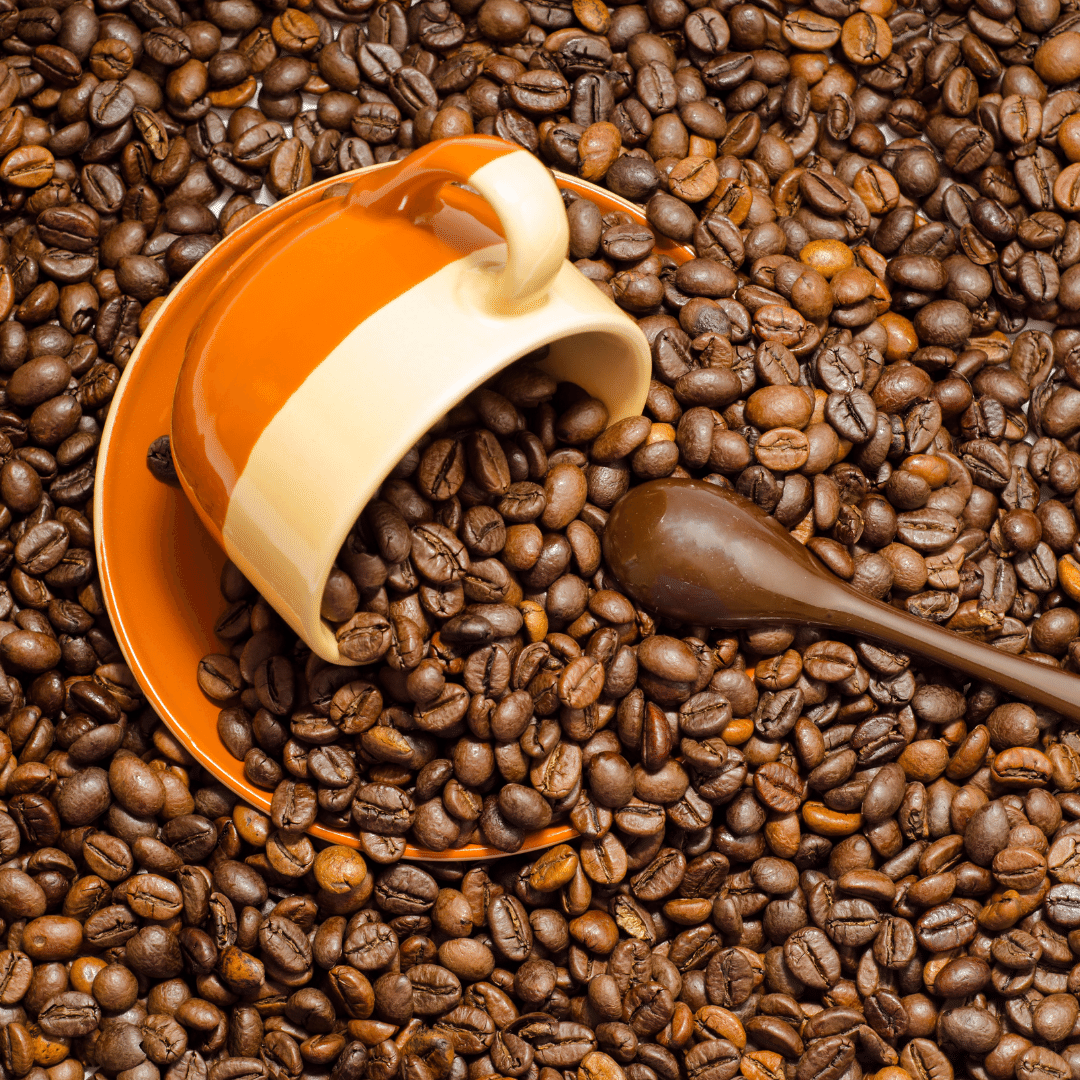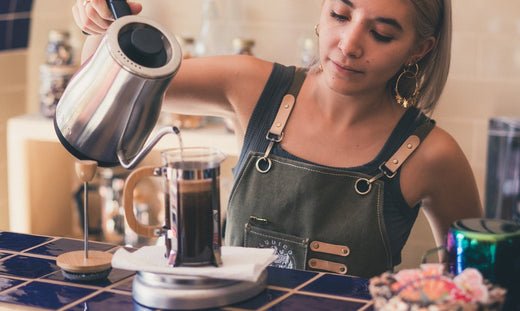Types of coffee roasting: how do they affect the taste?
The world of coffee can sometimes be intimidating, for people raised in Colombia it is easy to talk about different variables that notably change the flavor of a coffee and help define the profile of the nose or the flavor of the coffee.
In these entries, we will explain different concepts a little more technical in a less complex language that will help you understand the world of coffee a bit more.
Many factors influence the quality of a coffee: variety, origin, harvest, drying and of course, also it's roasting. Roasting is the process by which coffee goes from its natural state (green coffee or raw coffee) to acquire that brown color that we are all used to.
The roasters increase the temperature while the coffee moves inside. The heat modifies the coffee in an escalating way: when it reaches 100 degrees the beans begin to brown, at 180 it already gives off intense aromas and acquires a caramel color, at 215 degrees a brown color is achieved. The beans must be abruptly cooled to fix the aromas and so that the oils are not lost.
But not only the temperature of the toaster influences the final result, but also the time of exposure to heat. Among other things, the longer the coffee spends in the roaster, the less caffeine the final product will contain.
Types of coffee roasting and characteristics Each coffee has its ideal roast and each preparation method will require a different roast:
A light roast (or cinnamon)
The light roast has a tan color. It is the one that best preserves the flavors of the origin, which is why it is usually used for origin or gourmet coffees. They are coffees with herbal and fruity nuances. The famous Blue Mountain coffee is normally roasted using this method. It is the ideal roast for filter coffee machines.
Medium Roast
The next level would be the medium roast. It is a roast that continues to maintain a considerable level of caffeine but greater sweetness. With increased exposure to heat, the sugars in coffee begin to caramelize, resulting in nuances of nuts, caramel, and even chocolate. This type of roast works well for both espressos and filter coffees.
Dark roast
Finally, we have the dark roast. The coffee dries much more (dry distillation) and all its essential oils are extracted. It is a coffee with a very low caffeine content that is normally used for espresso coffee. In this type of roasting, we get spicy and even smoked flavors.
And having said all this, we present you two varieties of coffee with different roasts, of the Buendia family.
We encourage you to buy the best brands of coffee here in our store.



